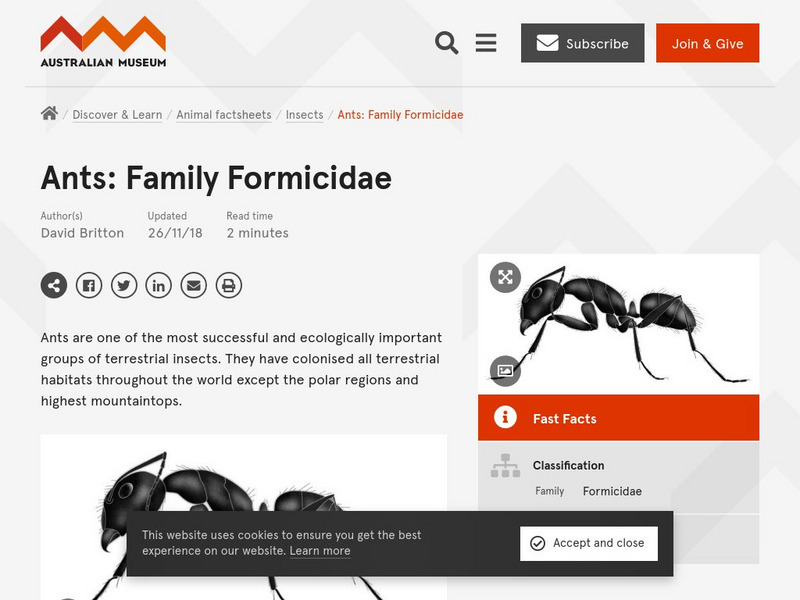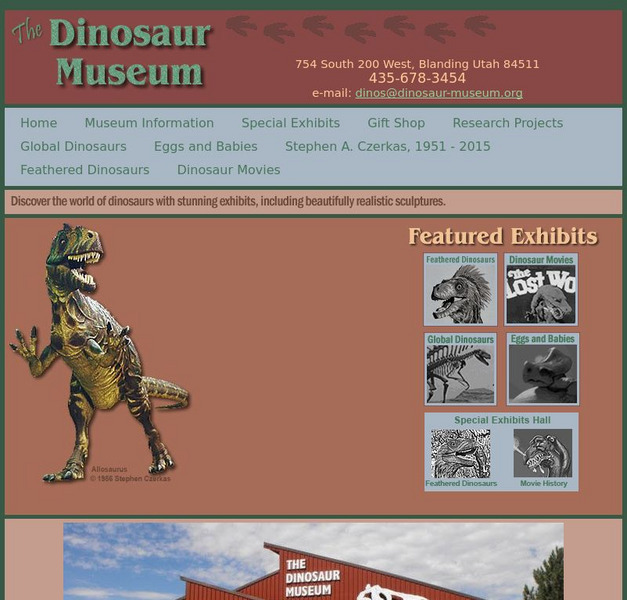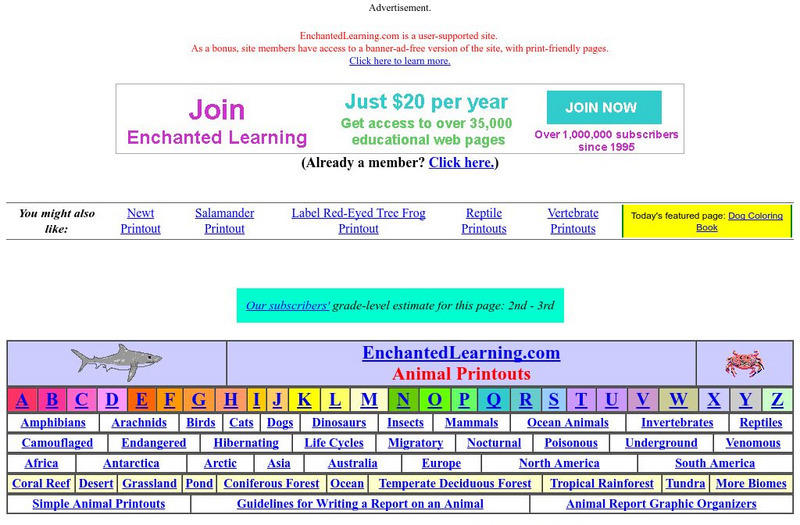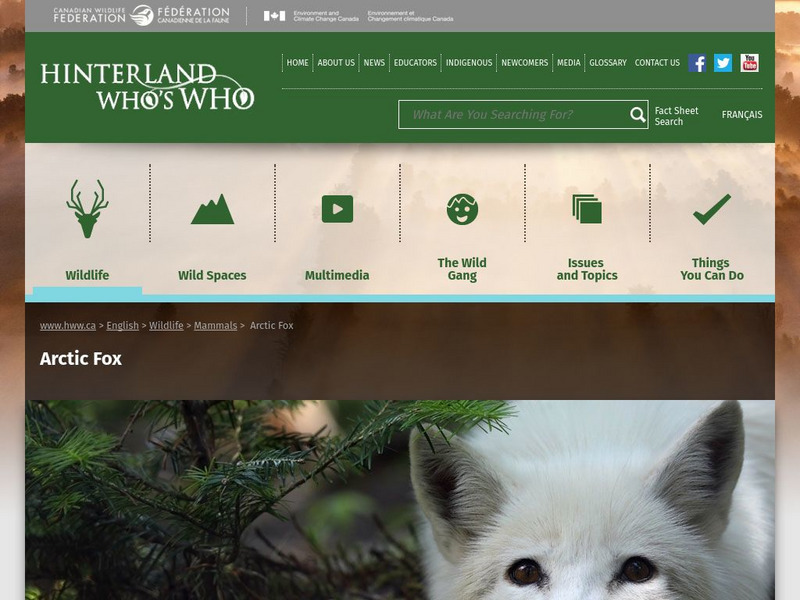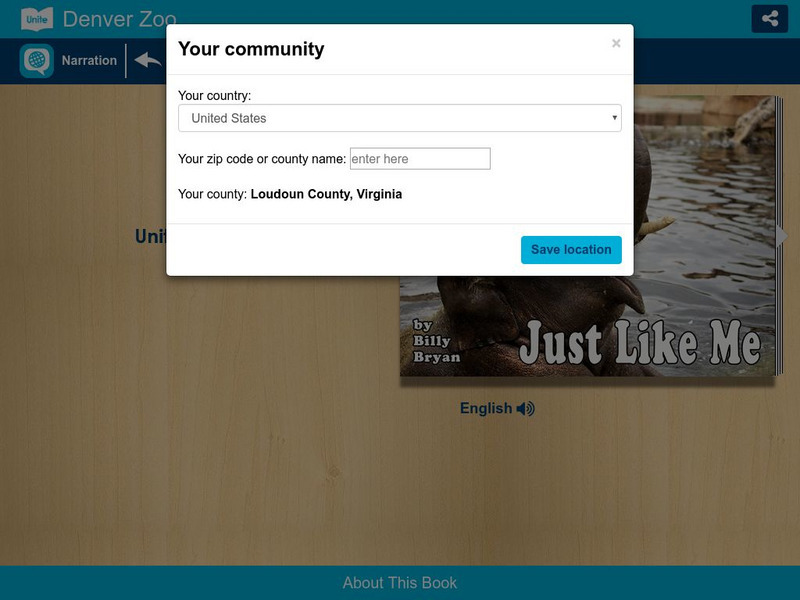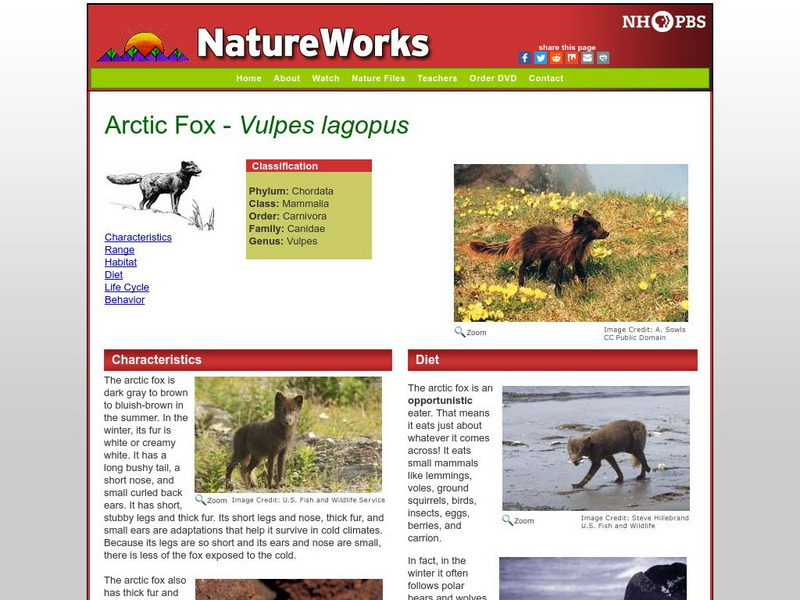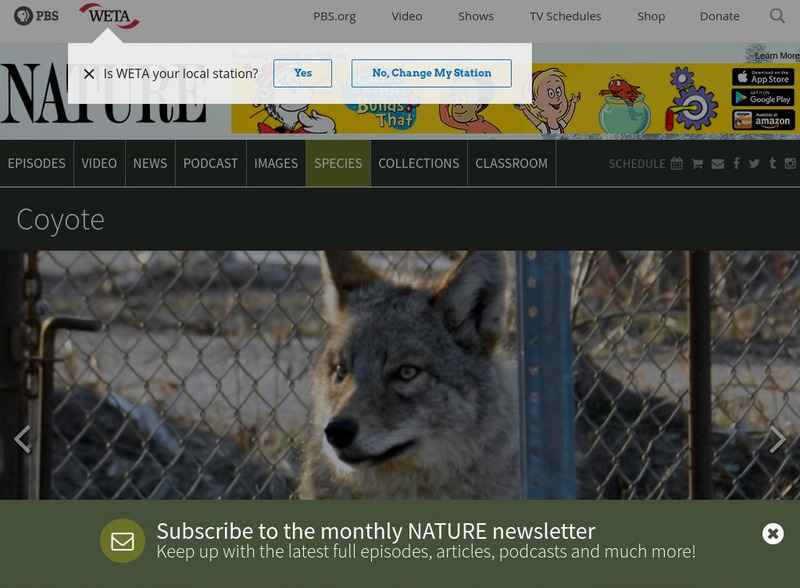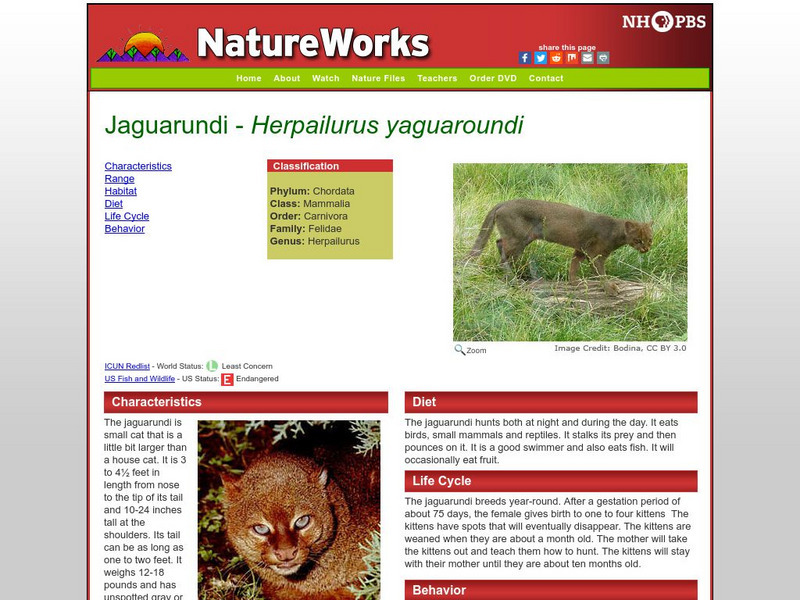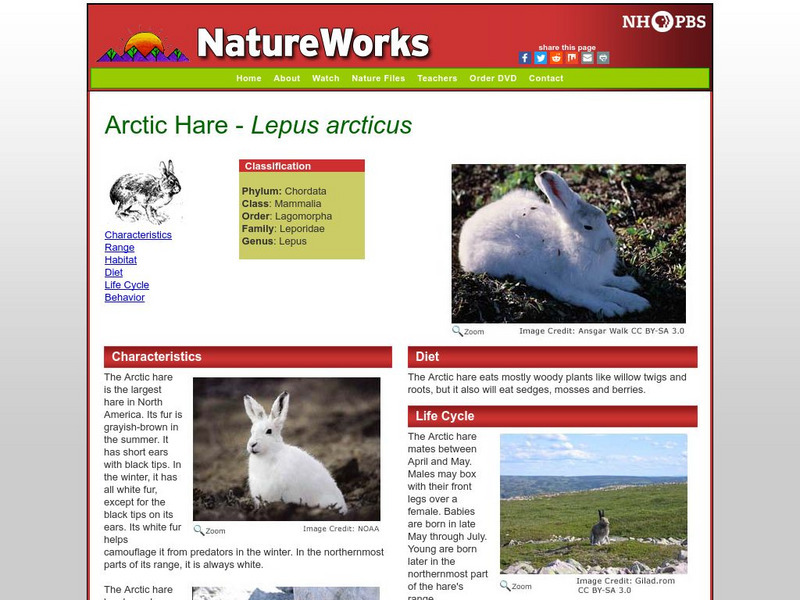Australian Museum
Australian Museum: Bug Wise: Ants
Museum site invites users to learn more about this tiny creature by providing them with information on what ants look like, where they are normally found and much more.
Environmental Education for Kids
Eek!: Canada Goose
Read all about Canadian geese at this fun and interesting site! What do Canadian geese look like? How do they behave? Where do they live? Learn the answers to all of these questions, and more!
PBS
Pbs Learning Media: Wild Kratts: Graphic Organizers (Spanish)
Canaliza tu "Poder Animal" interno mientras que ves Wild Kratts! Investiga mas a fondo en los videos utilizando estos recursos de aprendizaje.
PBS
Nh Pbs: Nature Works: Great Egret
Learn about the Great Egret through this Nature Works site. Students will access information about characteristics, life cycle, habitat, range, behavior and diet through this source.
PBS
Nh Pbs: Nature Works: Tricolored Heron
This site created by NatureWorks focuses on the Tricolored Heron. Learn more about this aquatic bird's characteristics, life cycle, diet, behavior, range and habitat through the exploration of this source.
Cornell Lab of Ornithology
Habitat Network: Amazing Animals That Use Vernal Pools
Find out about species that use vernal pools for reproduction and continuity of life.
Louisiana Department of Education
Louisiana Doe: Louisiana Believes: Ela Unit: Grade K: Mama Panya's Pancakes
Students read and retell stories and fables from Africa to determine how the actions of the characters teach lessons about how to act and how not to act. Students learn about various character traits and their antonyms while keeping...
PBS
Pbs Nature: Zebra
Learn about the natural history of the zebra in text and images, a relative of the horse that inhabits the Serengeti in East Africa and other parts of Africa.
Other
Warrensburg Web Quest Academy Program: Are Chickens the Only Ones?
After reading the book Chickens Aren't the Only Ones by Ruth Heller, have students try this WebQuest to learn more about the different types of animals that lay eggs.
Other
The Dinosaur Museum
The Dinosaur Museum is located in Blanding, Utah. Use this site to learn all about the exhibits and dinosaur information.
Other
K 3 Learning Pages: Reptiles and Amphibians
Come and discover more about reptiles and amphibians when you explore this awesome resource. This site is filled with useful links.
Enchanted Learning
Enchanted Learning: Amphibians
Come and check out this awesome amphibian resource from EnchantedLearning.com. Students and teachers will benefit from the printouts found within this site. Some printouts are in different languages.
Canadian Wildlife Federation
Hinterland Who's Who: Arctic Fox
Get the facts about the Arctic Fox. Besides finding a physical description of Canada's smallest fox, you'll also learn about some of its unique facts and characteristics. Also included in this Mammal Fact Sheet on the Arctic Fox is...
BBC
Bbc Science & Nature: The Life of Mammals
Students can watch vivid pictures change before their eyes, from lions to monkeys to dolphins. Authors provide interactive games that aid in learning the behavior of animals. Continue to explore by investigating the habitat, diet, and...
Canadian Wildlife Federation
Hinterland Who's Who: Muskox
Get the facts about the muskox. Besides finding a detailed description of this resident of Canada?s arctic tundra, you?ll also learn about some of its unique facts and characteristics. Also included in this Mammal Fact Sheet on the...
Missouri Botanical Garden
Missouri Botanical Garden: Eurasian Beaver
Here you can learn all about the Eurasian beaver, a large European rodent that lives in the taiga biome. Content includes information on this animal's appearance, diet, behavior, and more.
Unite for Literacy
Unite for Literacy: Denver Zoo: Conservation: Just Like Me
Learn about the habits of different zoo animals and how they are like human children. Includes audio narration in nine additional languages with text in English.
PBS
Pbs Teachers: Scientific American: Animal Einsteins: Who Needs Words, Anyway?
Explore the theory that animals can learn to comprehend abstract concepts by observing to see if specific animal calls are associated with specific actions. Use scientific observation and record-keeping to collect and analyze data.
PBS
Nh Pbs: Nature Works: Tactile Communication
Good overview of how animals communicate through tactile communication. Includes examples of different animals.
PBS
Nh Pbs: Nature Works: Arctic Fox
Learn more about the arctic fox through this clear and concise site. This resource features photos, characteristics, behavior information and more about this fascinating mammal.
PBS
Pbs Nature: Coyote
What do you know about coyotes? Learn more about how adaptable this animal is to new surroundings when you check out this informative resource. Explore this website to find more facts and information ranging from what these animals eat...
PBS
Nh Pbs: Nature Works: Jaguarundi
Learn more about the Jaguarundi through the exploration of this resource. The content of this site includes information on behavior, characteristics, life cycle, diet, range and habitat.
PBS
Nh Pbs: Nature Works: Arctic Hare
Explore the world of the arctic hare through this clear and concise site. Students will learn more information on the characteristics, range, habitat, food, reproduction and behavior of this furry creature through this resource.
Polk Brothers Foundation Center for Urban Education at DePaul University
De Paul University: Center for Urban Education: Animal Studies [Pdf]
"Animal Studies" is a one page, non-fiction, reading passage about studying the behaviors of animals including the sawfly and the poppy-bee. They learn about animals by observing them. It is followed by constructed-response questions...


